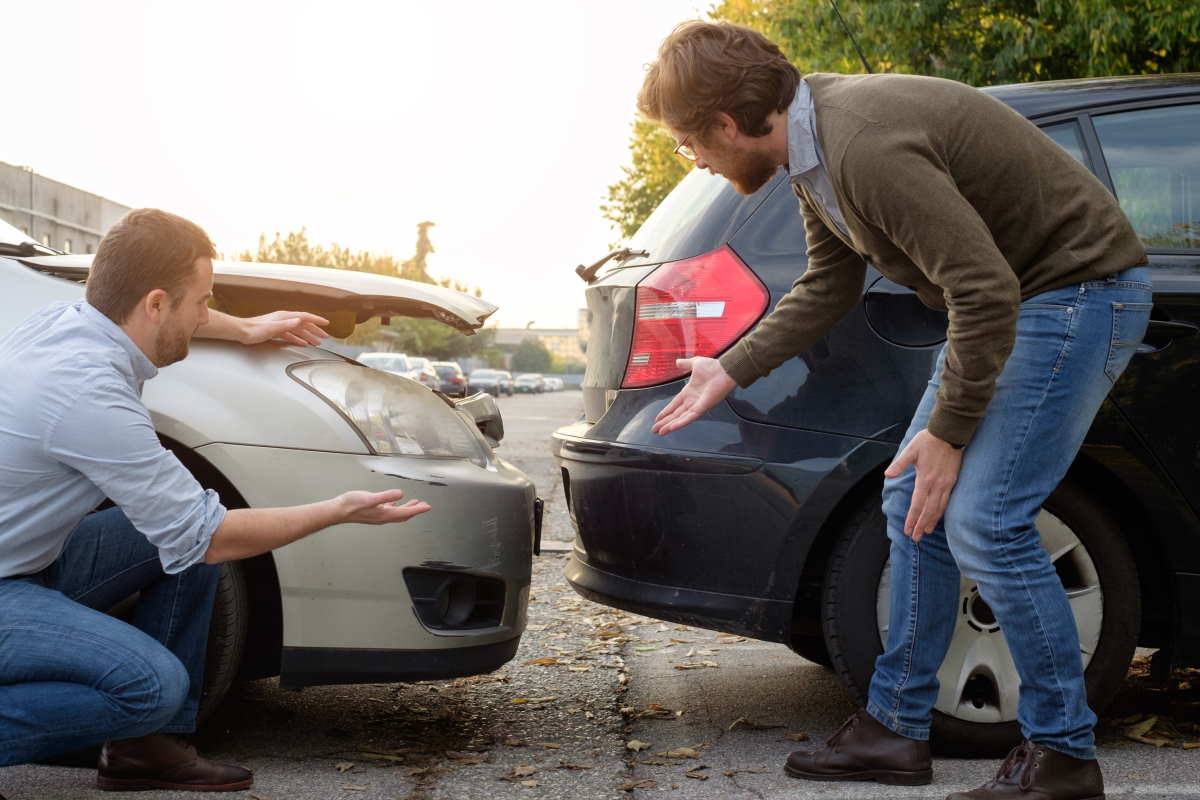Each year, millions of Americans are involved in rear-end collisions. Although not all of them are serious, fortunately, they can still be a complicated matter from a legal and insurance perspective.

Knowing what to do before you find yourself in this situation could improve your outcome significantly.
What to Do After a Rear-End Collision
According to the latest research, 29 percent of all traffic incidents that result in serious injury involve rear-end collisions. That is, roughly one out of every three serious crashes is a rear-end event.
These crashes damage not only your body but also your insurance premiums for up to three years, if you were wondering how long a fender bender stays on your record.
Furthermore, they are responsible for seven percent of all traffic-related fatalities. In most cases, rear-end crashes are caused by one of four possible scenarios:
- As one vehicle slows down on the interstate for upcoming traffic, the driver behind it misjudges the sudden change of speed and slams into its bumper.
- A driver fails to notice that the vehicle in front has a turn signal on and crashes into the back of the vehicle as it slows for the turn.
- A driver who is changing lanes or speeding through a changing traffic signal does not anticipate the vehicle in front will stop.
- A driver assumes the vehicle in front will begin moving as soon as the light turns green and accelerates into the back of that car.
In almost every case, it is the driver coming from behind who is at fault. There are certain situations where the driver in front can share some blame, though; for example, if his brake lights or turn signals are not operating properly.
But regardless of what happens, here are some steps you should take after a rear-end collision.
1. Check for Injuries
The health and well-being of all drivers and passengers in the vehicles involved is the very first concern. Nothing else matters until it is verified that every person is okay.
Start with yourself. Just because you do not feel any immediate pain or discomfort, that does not necessarily mean You are fine. The adrenaline and emotions coursing through your system may be suppressing pain.
Check for signs of lacerations or broken bones. Continue to listen to your body during the hours after the accident.
Once you’ve verified that You are okay, turn to the others in your vehicle. If they are okay, you may turn your attention to the people in the other vehicle(s). Checking on everyone in this order ensures You are able to help as many people as possible.
If someone is hurt, call 911 so paramedics may come to the scene as quickly as possible.
2. Call the Police
If everyone seems all right, your first call would be to the police. Even in a minor fender bender, getting law enforcement officials on the scene ensures that the accident will be documented. This is vital to establish the integrity of any claims you will wish to make.
When officers arrive on the scene, provide an official statement. Give the facts (and only the facts).
This is not the time to start speculating or offering assumptions. Make your statement and then move on. You will have a chance to provide additional information in step four.
3. Document the Scene
Once the police have been called to the scene, you should start documenting as many details as possible. Pull out your phone and take pictures and videos from as many different angles as you can.
You might also open your audio recording app and record a verbal account of what occurred. If any witnesses are on the scene, gather their names and contact information.
4. Call an Attorney
This is the step where it is okay to spill your guts and explain everything that happened.
The fourth step is to call an attorney, no matter how minor the situation appears. Even if it seems insignificant to you, a good car accident lawyer will listen to the facts and give you a professional opinion.
5. Take a Defensive Driving Course
This fifth tip is optional but worthwhile. After a rear-end collision, it can be mentally challenging to get back behind the wheel. Flashbacks, fear, and anxiety are quite common.
By taking a defensive driving course you: (a) push through the fear, and (b) equip yourself with the skills you need to stay out of harm’s way in the future.
Look Out for Number One
When all is said and done, nobody is going to look out for you the way you can. You have to stand up for yourself.
That means speaking up, hiring a lawyer, and proactively addressing any challenges that arise in the aftermath of your accident. It won’t necessarily be easy, but your discipline and focus will pay off.